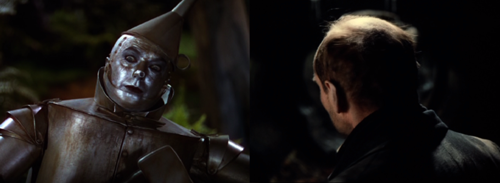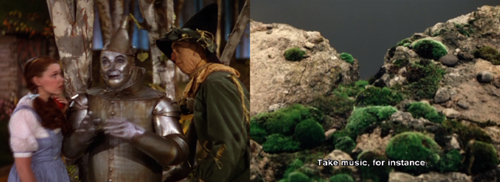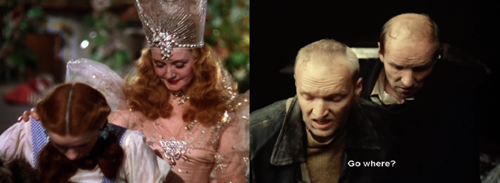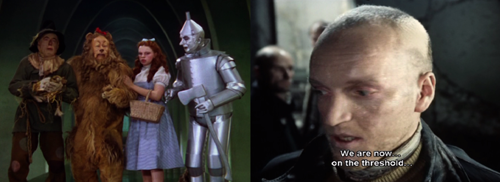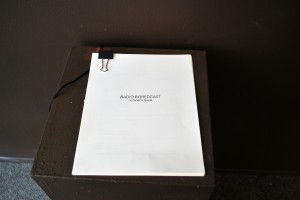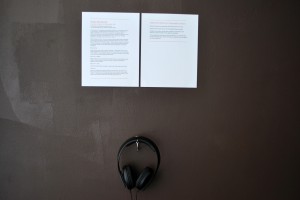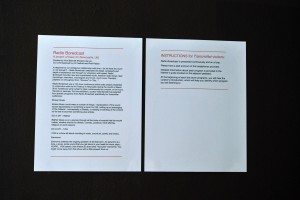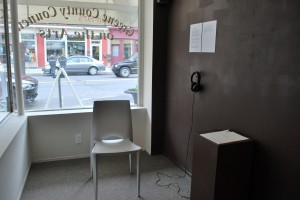
 We are very pleased to inform you that Radio Boredcast has now been archived in its entirety at WFMU.
We are very pleased to inform you that Radio Boredcast has now been archived in its entirety at WFMU.
Given that Radio Boredcast is a 744-hour online radio project, we consider today (20 June), The Longest Day, a most appropriate time to make this announcement. Curated by Vicki Bennett (People Like Us) with AV Festival, Radio Boredcast responds to our ambiguous relationship with time – do we have too much or not enough? – celebrating the detail, complexity and depth of experience lost through our obsession with speed. BASIC.fm first hosted the project through the duration of AV Festival (1-31 March 2012) and now this unique and colossal archive is accessible for “Listen on Demand” at freeform radio station WFMU.
http://wfmu.org/playlists/zz
An impressive list of participants were invited to create new radio shows, audio works and mixes in response to the AV Festival theme “As Slow As Possible” and thematic playlists and contextual programming surround these creations.
The full list of participants are: Carl Stone, Pseu Braun & Alex Orlov, Touch, Rob Weisberg, Nicolas Collins, Andrew Lahman, Chris & Cosey, Jonathan Dean and Transmuteo, Cheese Snob Wendy, Kevin Nutt, Tony Coulter, Daniel Menche, Scott Williams, John Wynne, Chris Watson, Jem Finer and Longplayer, Tim Maloney, Ergo Phizmiz, Matmos, Dave Soldier, Charlie and Busy Doing Nothing, Andrew Sharpley, Nancy O Graham, Gwilly Edmondez, Anna Ramos & Roc Jiménez De Cisneros, Doug Horne, Irene Moon, David Suisman, Radio Web MACBA, Mark Gergis and Porest, Jez Riley French, Don Joyce, Carlo Patrao and Zepelim, Dorian Jones, Jason Willett, Zach Layton, Primate Arena with Alex Drool and Eran Sachs, David Toop, Dylan Nyoukis, Jared Blum and GiganteSound, Ed Pinsent, Adrian Philips aka Mr Rotorvator, Axel Stockburger, Craig Dworkin, Felix Kubin, People Like Us, Language Removal Services, Daniela Cascella, John Levack Drever, Joel Eaton, Clay Pigeon, Gudrun Gut, Charles Powne, Carl Abrahamsson, Andreas Bick and Silent Listening, Phantom Circuit, Patti Schmidt aka Wheelie Houdini, Leif Elggren, Ken Freedman, Erik Bünger, Douglas Benford, Christof Migone, BJNilsen, Andy Baio, Adam Thomas aka Preslav Literary School, Caroline Bergvall, Ken’s Last Ever Radio Extravaganza, Tapeworm, Brent Clough and The Night Air, Ilan Volkov, Nat Roe, Steven Ball, X41, The Long Now Foundation, Sharon Gal, Michael Ruby, Jonathan Leidecker, DJ/rupture, Gordon Monahan, Michael Cumella aka MAC, Lloyd Dunn and nula, DDDJJJ666, and Kenneth Goldsmith.. Thematic playlists run throughout from “Acconci” to “Zzz…” programmed by Vicki Bennett.
This has been a great project to curate and create, and although the theme is Slowness, we urge you to get over there now and have a listen!
Radio Boredcast wfmu.org/playlists/zz
Co-commissioned by AV Festival avfestival.co.uk and BASIC.fm basic.fm
Background on Radio Boredcast peoplelikeus.org/boredcast.html
WFMU wfmu.org/about.shtml
Vicki’s blog entry on the AV Festival site avfestival.co.uk/blog/2012/02/19/radio-boredcast-presents
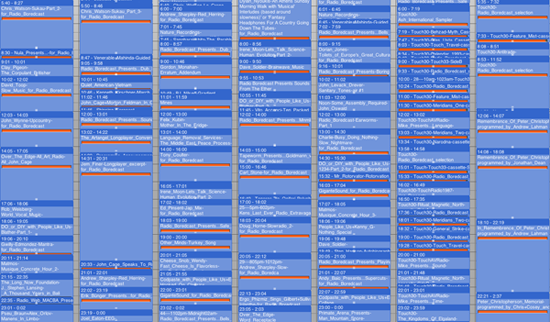
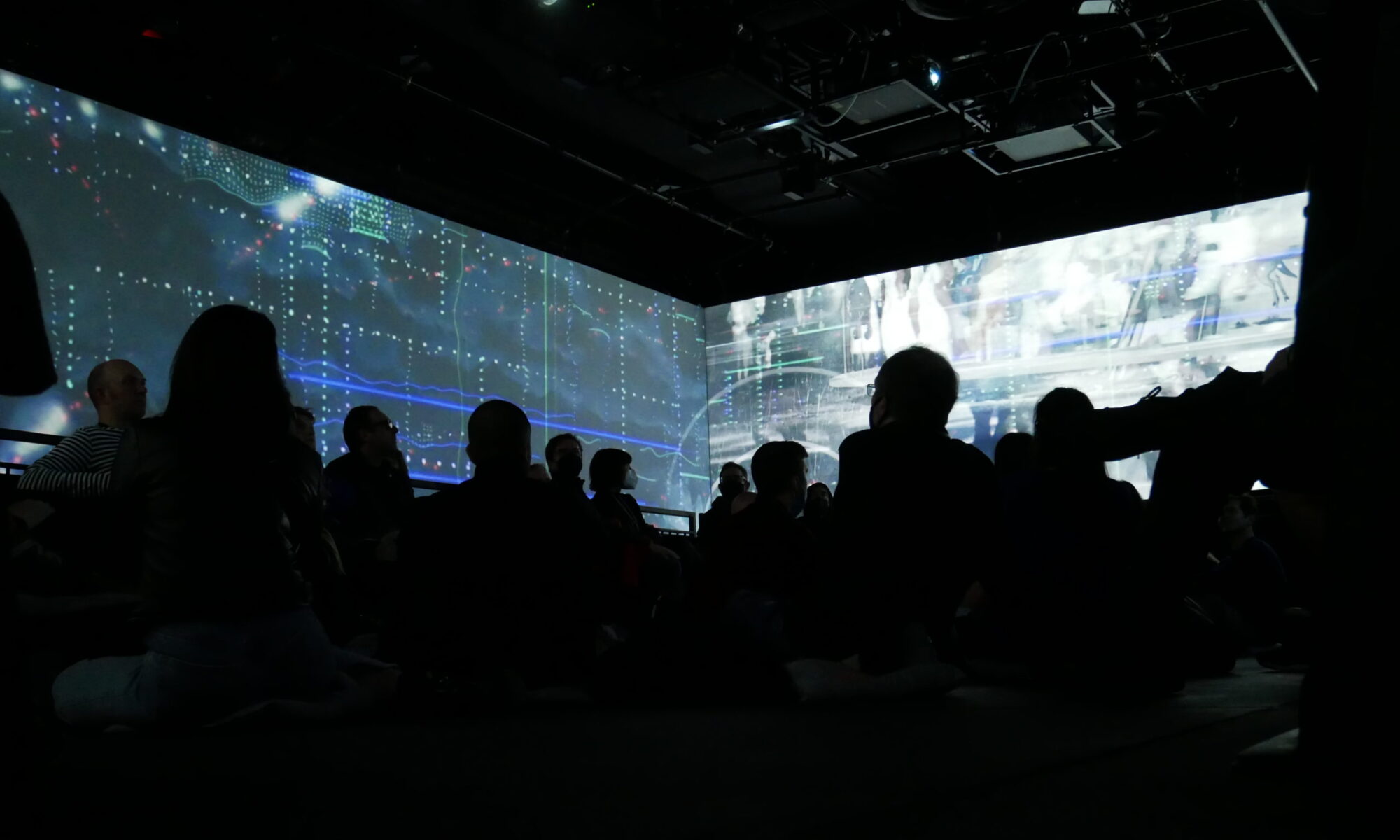
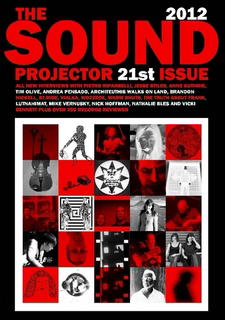


 We are very pleased to inform you that
We are very pleased to inform you that 
